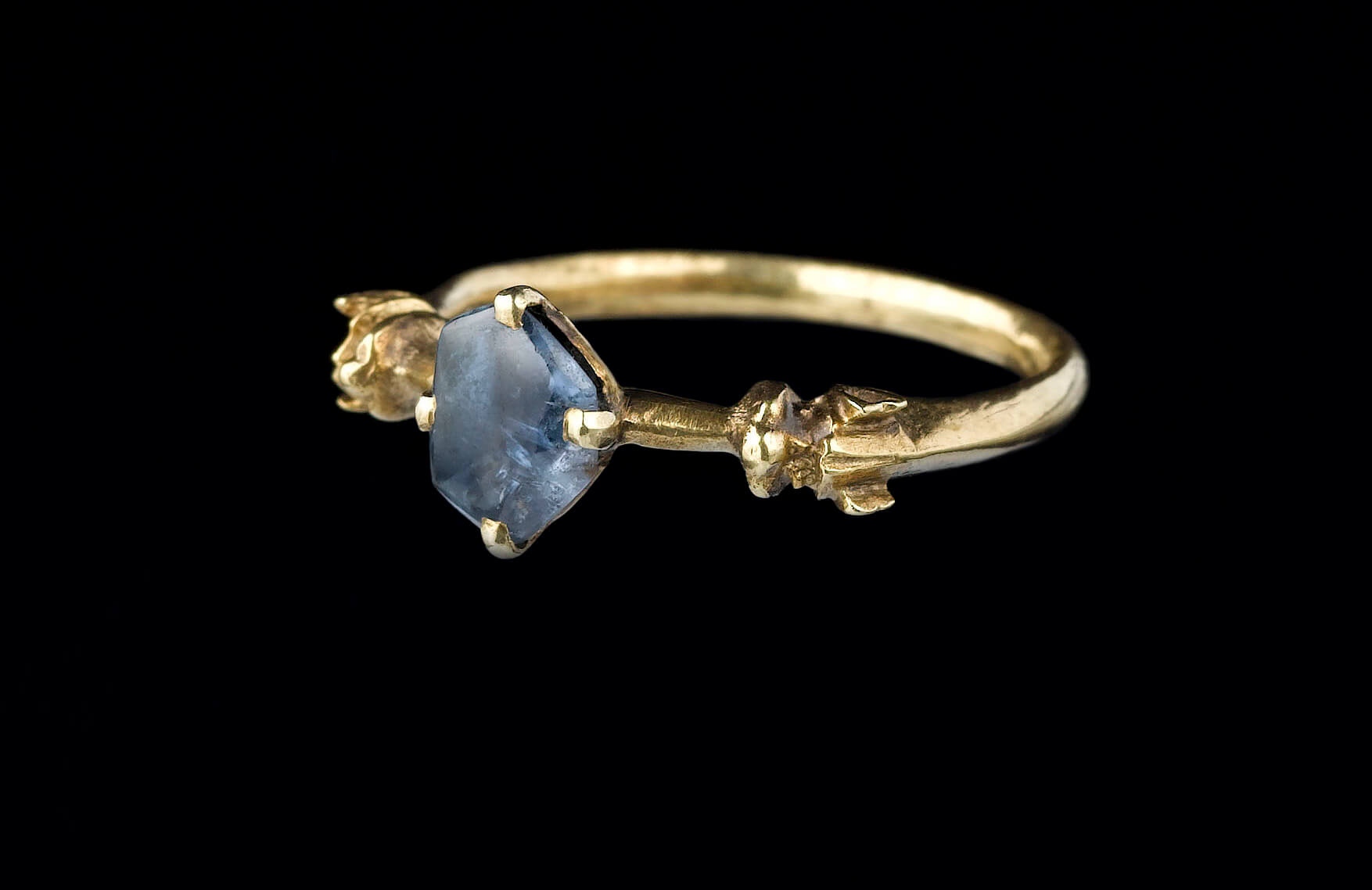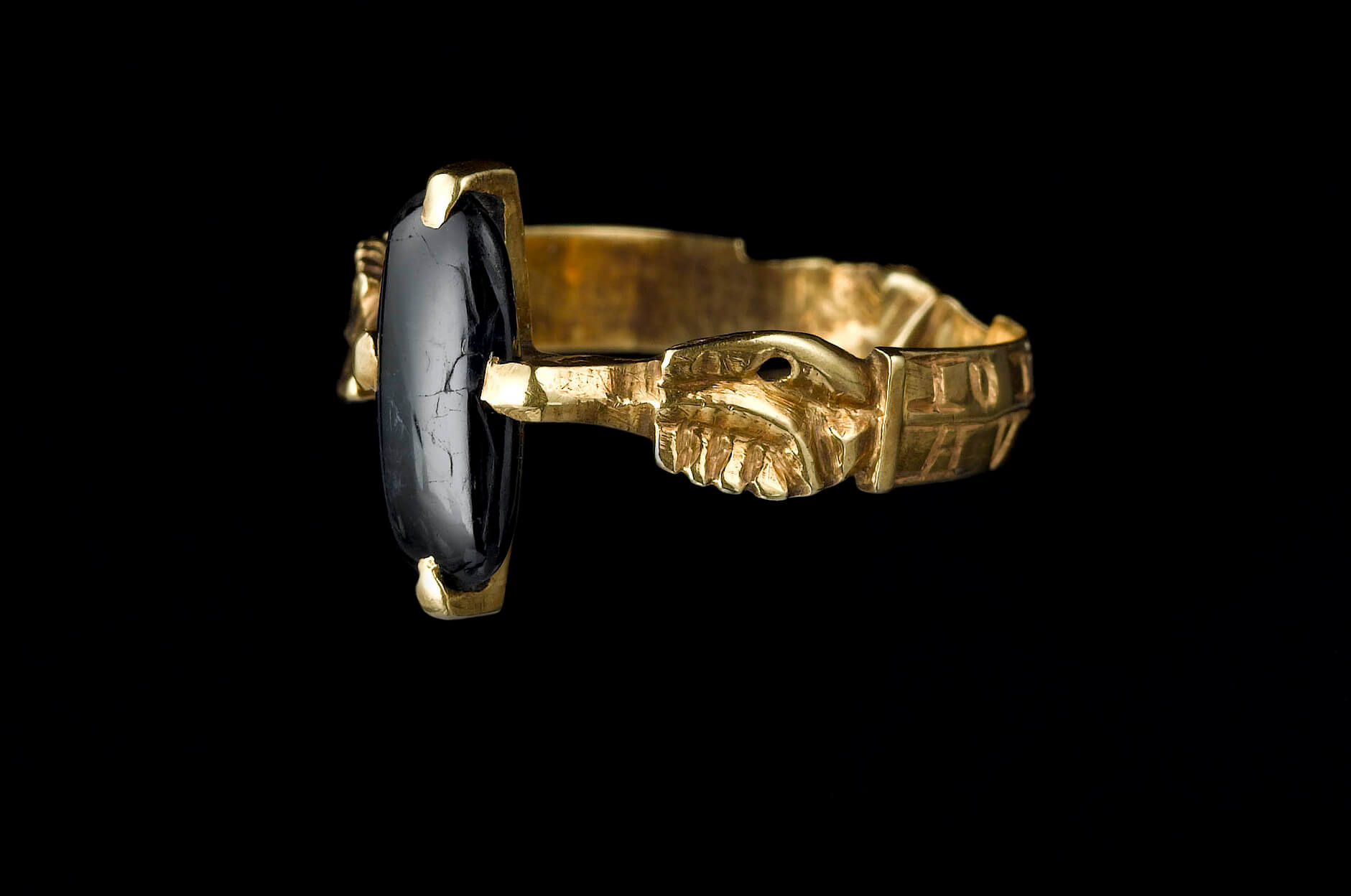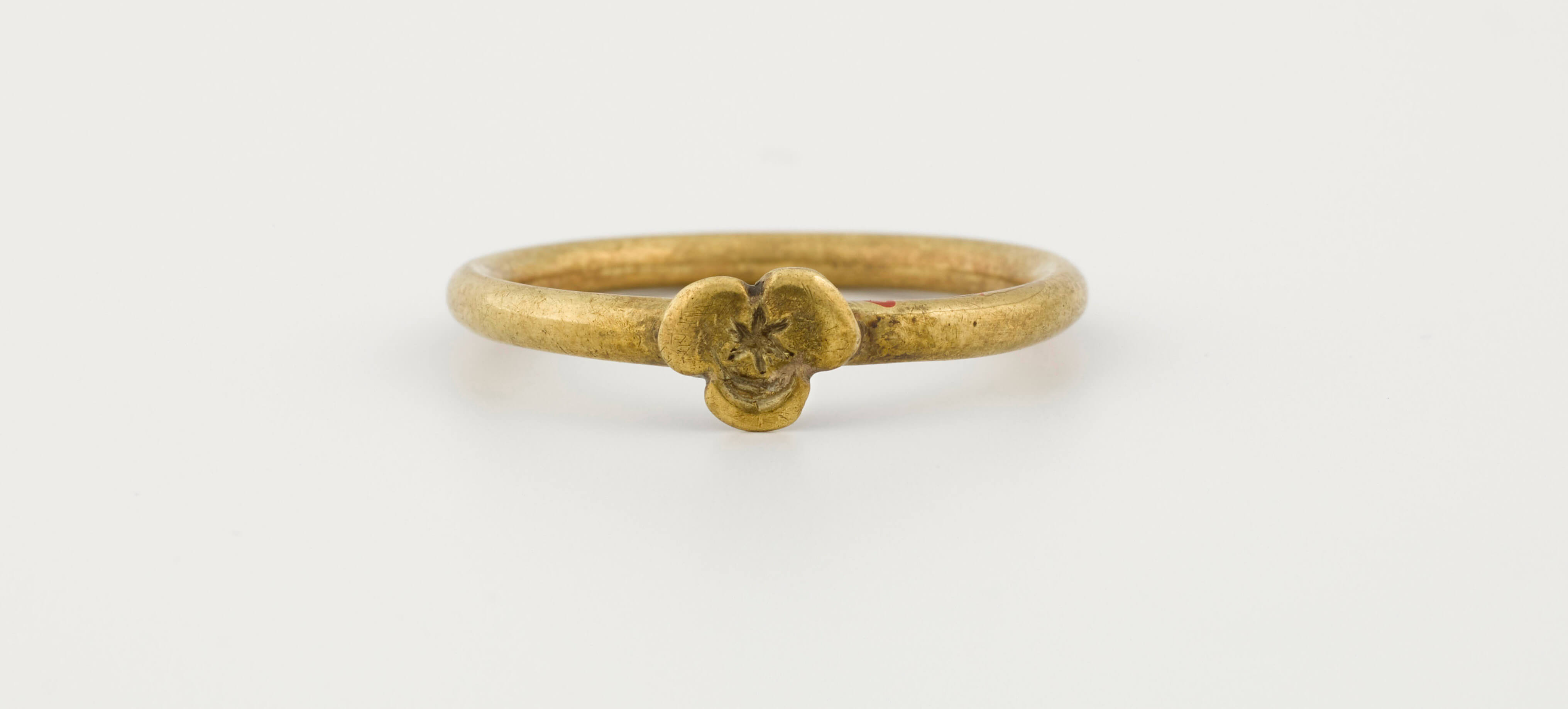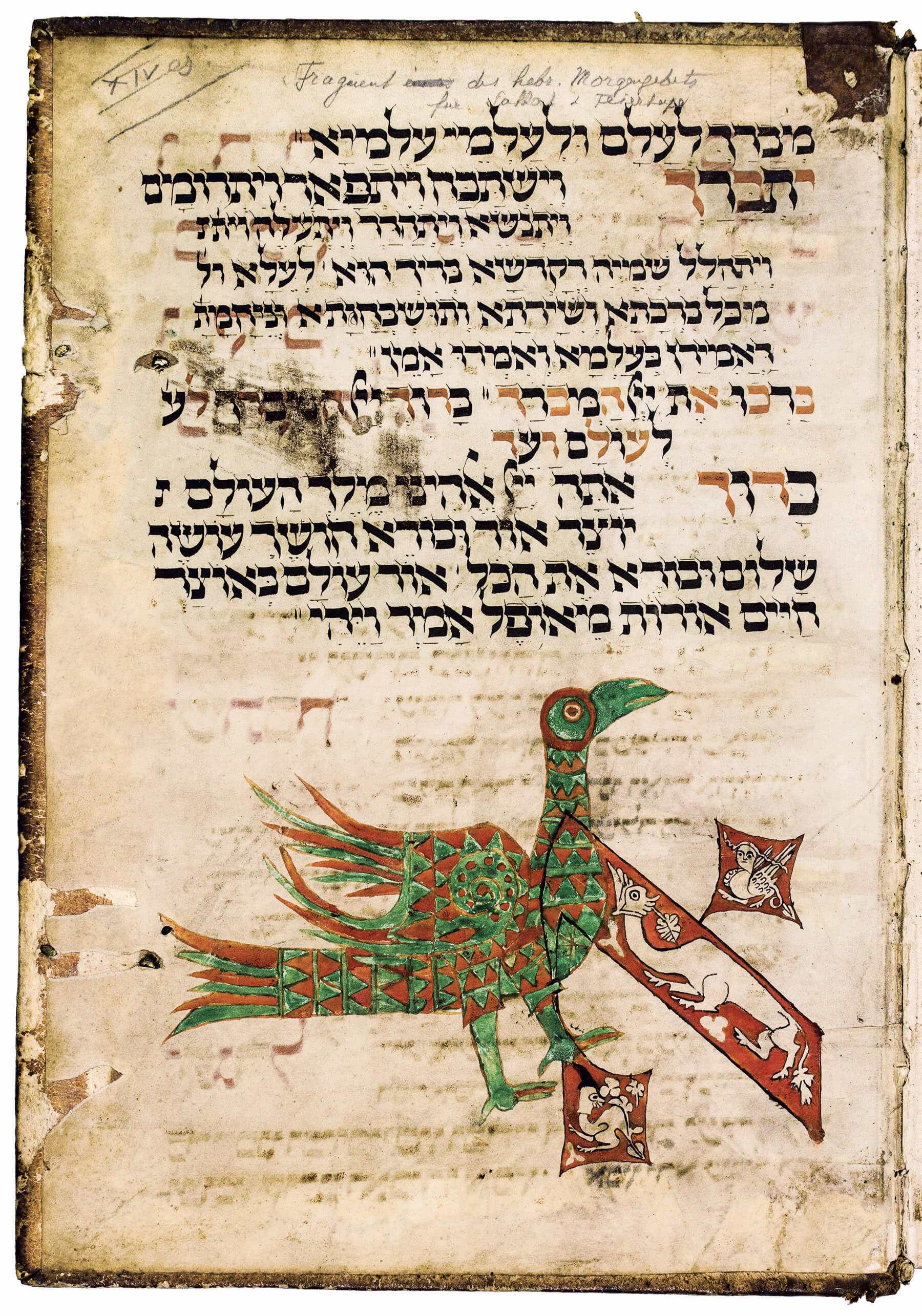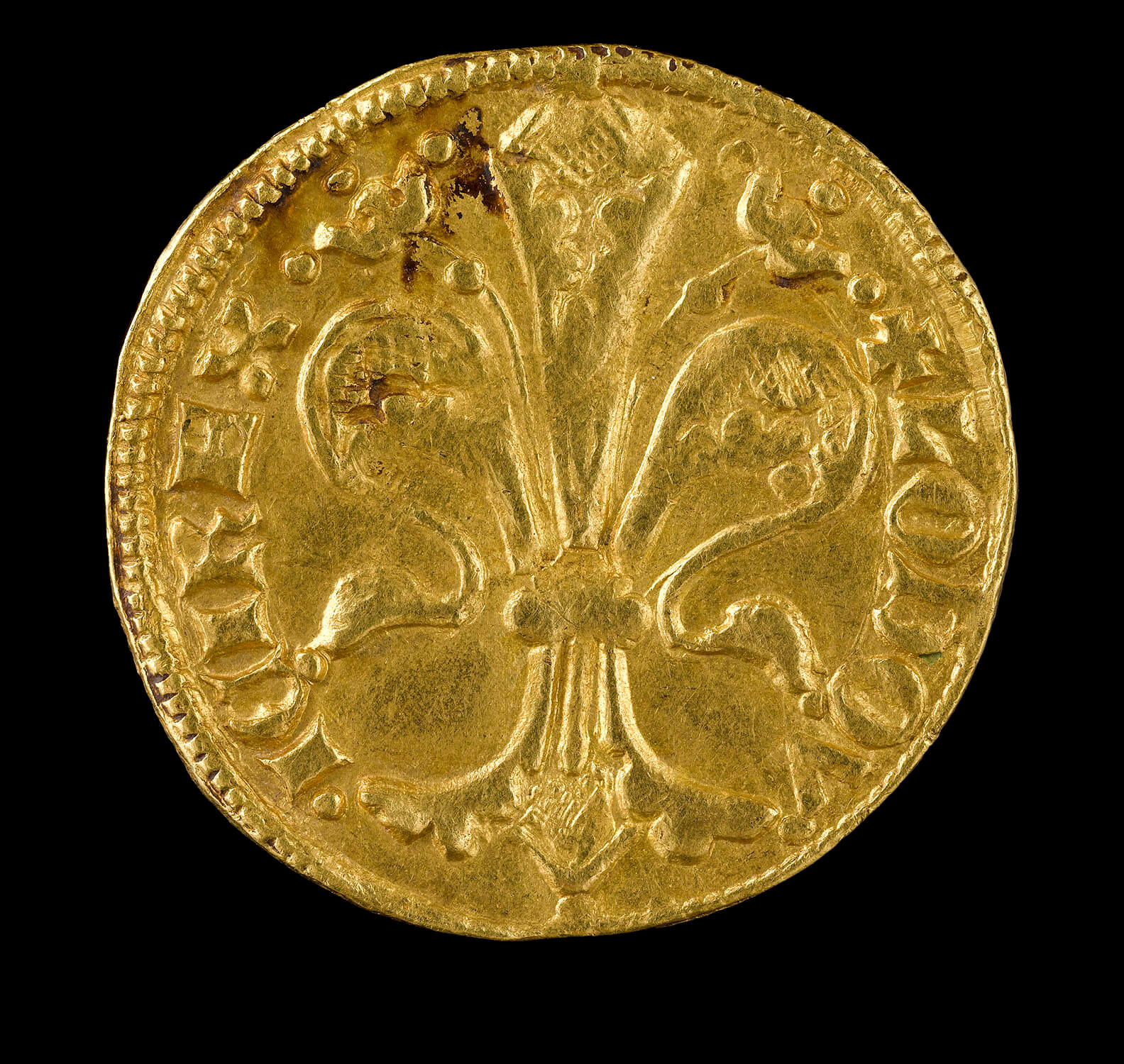
For more than 500 years, a small cache of jewelry and coins lay hidden within the walls of a house in Colmar, France. Secreted there in the 14th century and discovered in 1863, the Colmar Treasure – now in the collection of the Musée de Cluny, Paris – comprises rings of sapphire, ruby, garnet, and turquoise; jeweled and fanciful brooches; a delicate enameled belt; gilded buttons; and more than 300 coins. The precious possessions of a single family, the inscription mazel tov on one ring links the hoard to Colmar’s once-thriving Jewish community, who were brutally scapegoated and put to death when the Plague struck the region with devastating ferocity in 1348/9. “The Colmar Treasure: A Medieval Jewish” Legacy, at the Met Cloisters, points to both legacy and loss, underscoring the prominence of, and perils faced by, the Jewish minority community in the tumultuous 14th century.
The exhibition is made possible by the Michel David-Weill Fund.
Additional support is provided by the David Berg Foundation.
Consisting of objects that are small in scale and relatively few in number, the Colmar Treasure is displayed alongside related works from The Cloisters Collection, The Jewish Theological Seminary, the Bibliothèque municipale in Colmar, and distinguished private collections in the United States. In the evocative setting of The Met Cloisters – a museum whose very name seems to proclaim a uniquely Christian world – this exhibition offers a poignant tribute to Jewish artistic heritage and its role in art and society in medieval Europe.
The exhibition was organized by Barbara Drake Boehm, the Paul and Jill Ruddock Senior Curator, Department of Medieval Art and The Cloisters.
You can find more information about the exhibition on the Met’s website.
CoinsWeekly published an article about a bracteate that revealed a lot about Jewish-Christian relations.
The coin depicted in this article shows a Gold florin of Louis of Hungary. Read our article to learn more about the “Gold florins of Medieval Hungary”.
Information on the genealogy of the Kings of Hungary can be found here.
When you love stories about treasures, you should read the article of Alan Walker about the reasons why people would hide their money in the ground.





